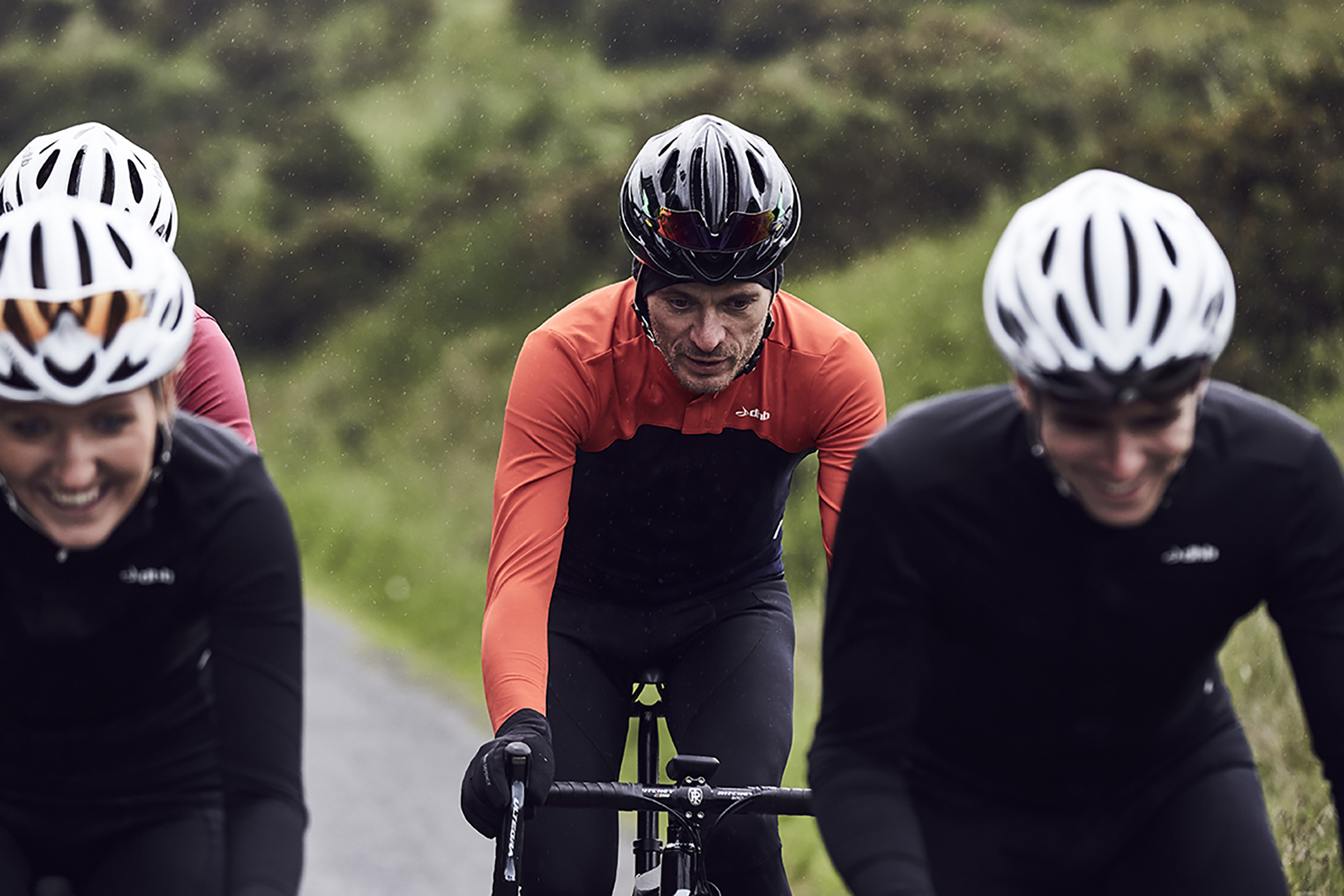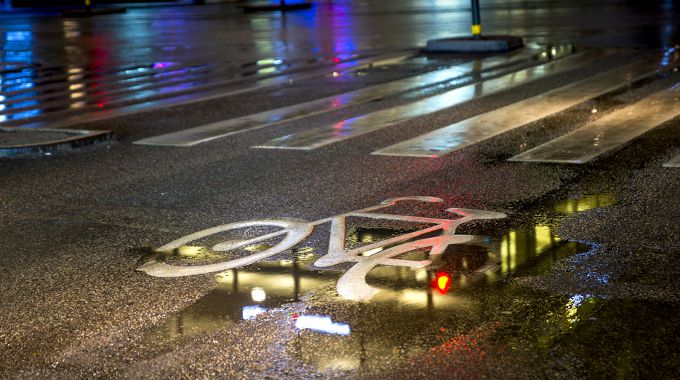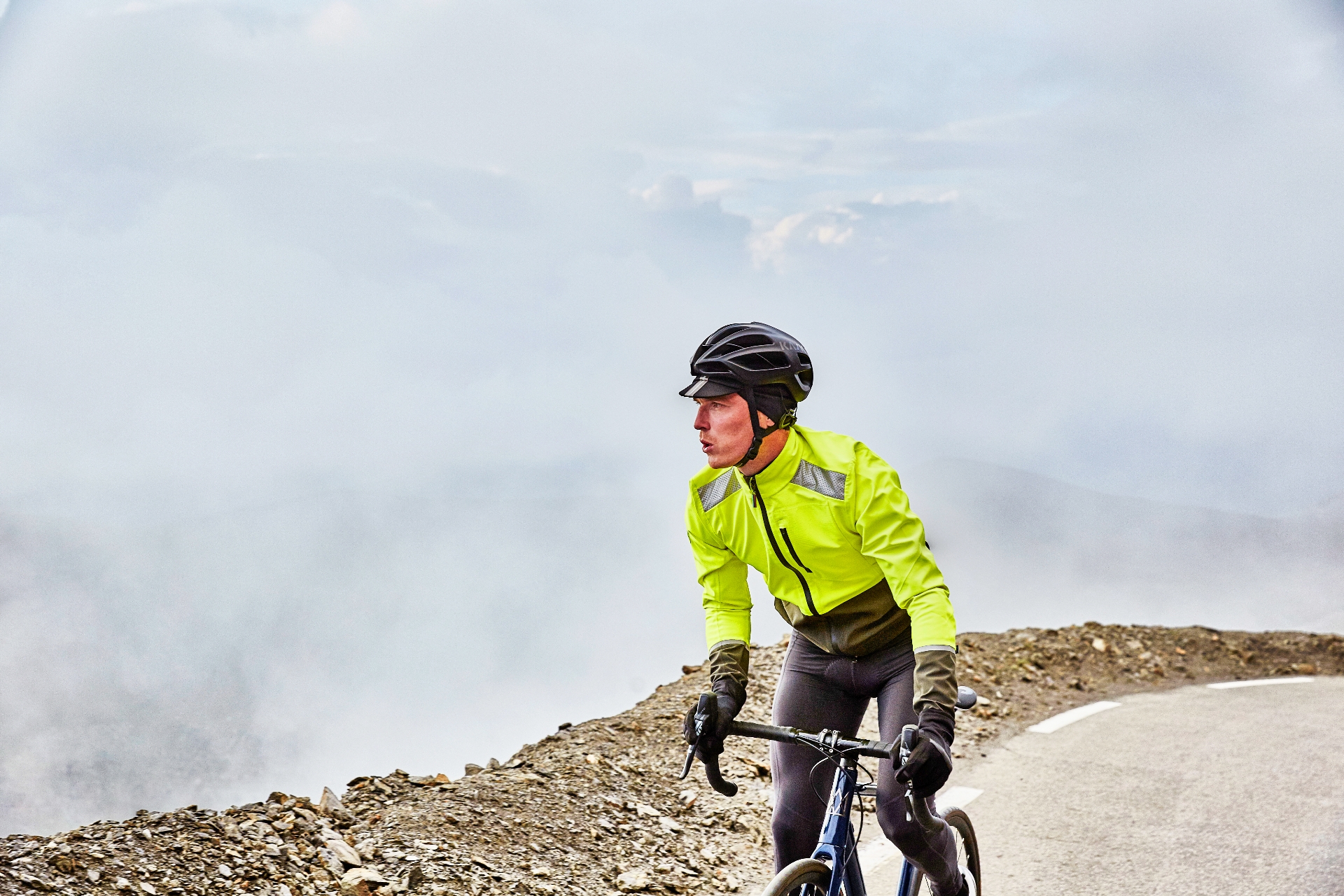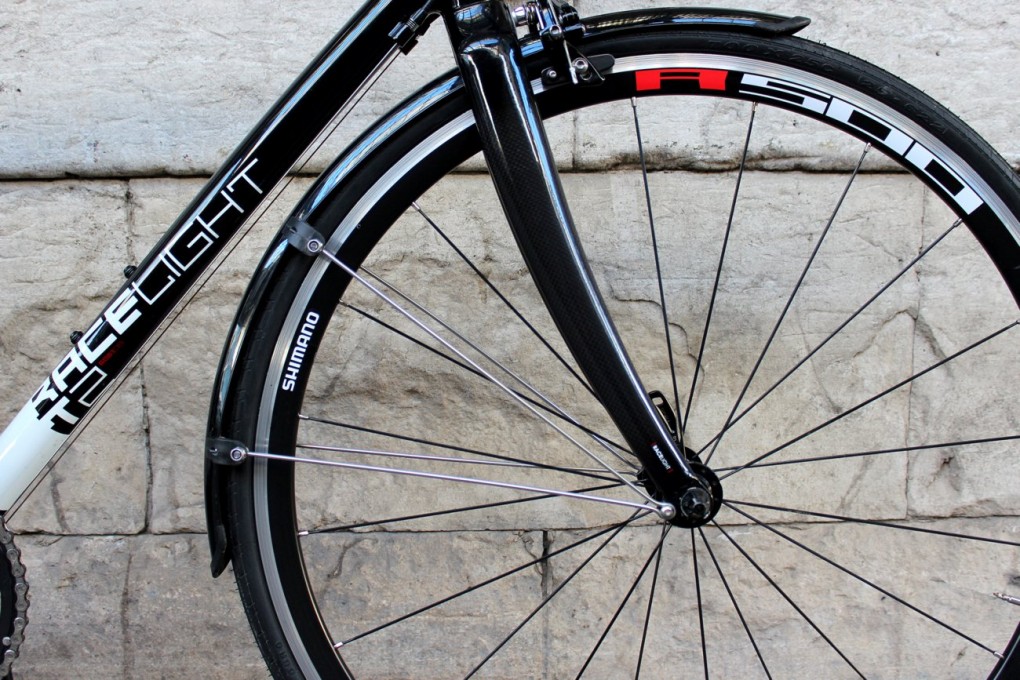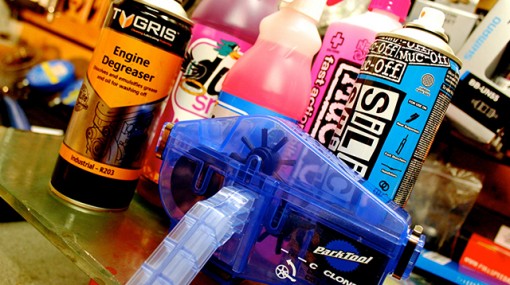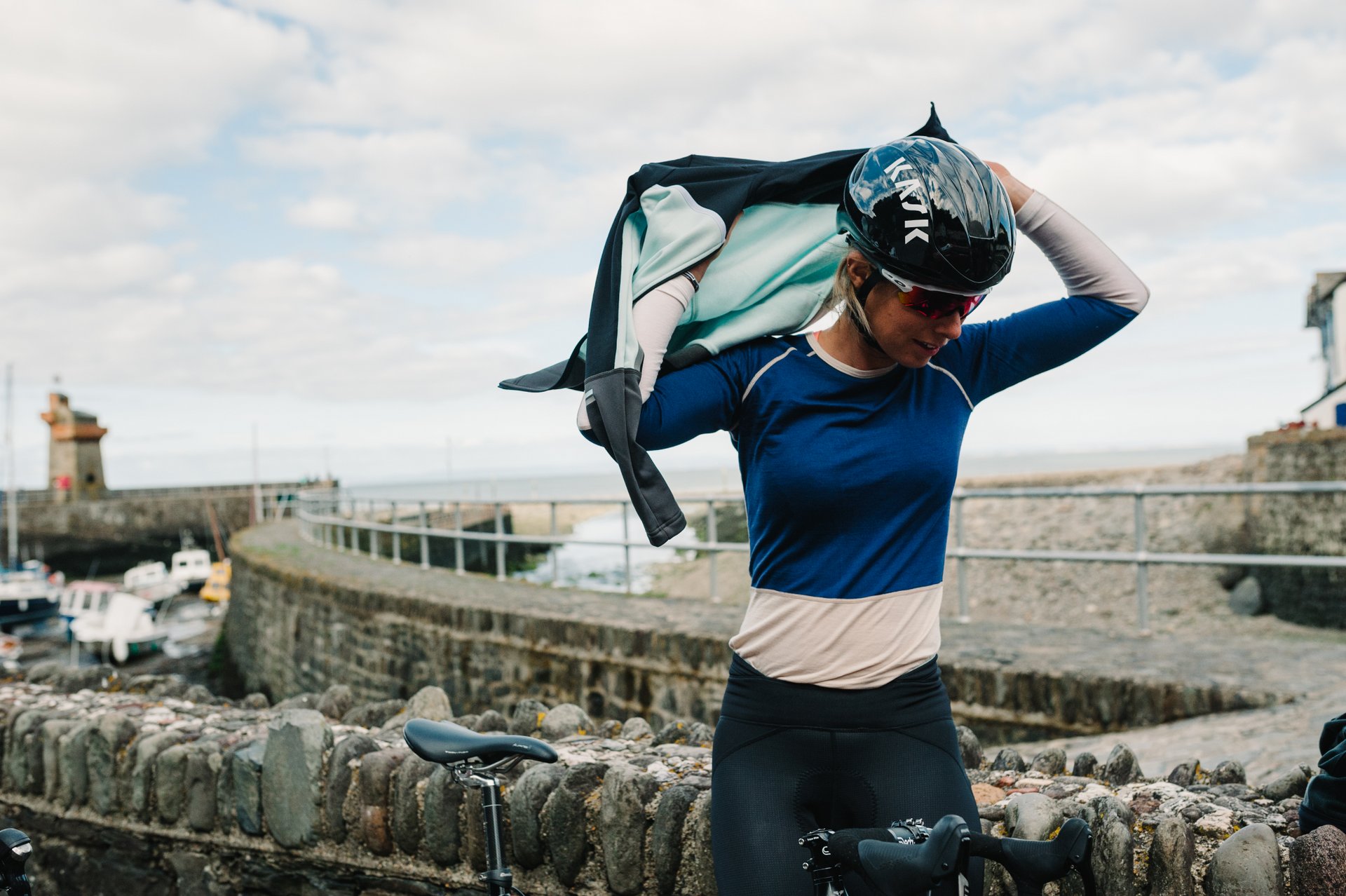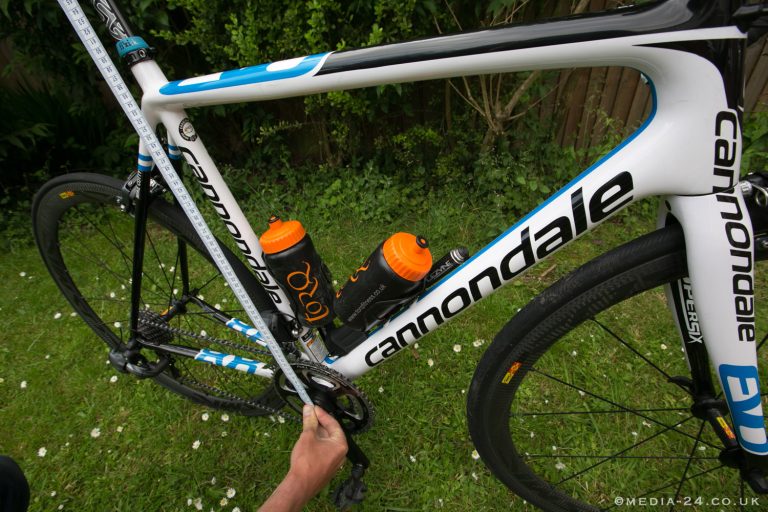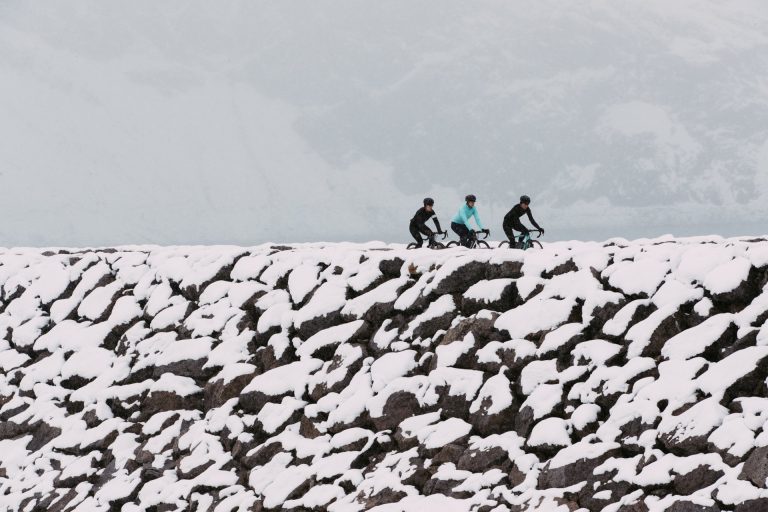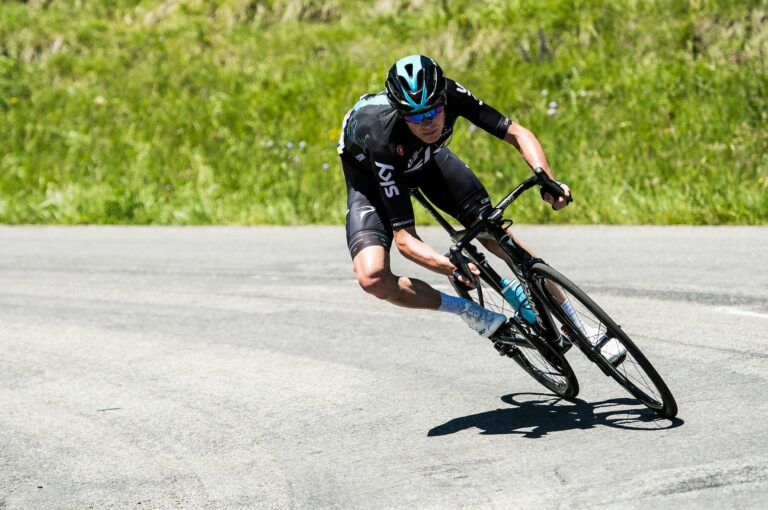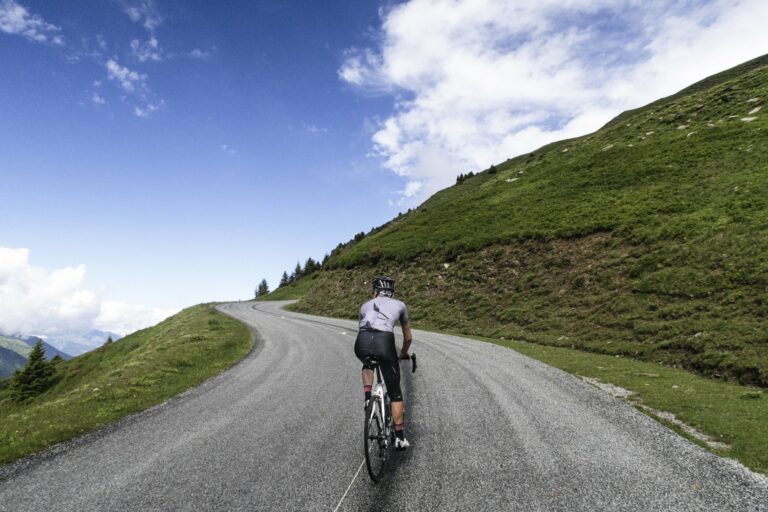Layer up
Needless to say, if you ride through winter you’ll likely encounter some very cold conditions and that can be dangerous in itself, especially if hypothermia begins to set in.
That’s the worst case scenario, of course, but, as a rule, you should always check the weather forecast before heading out, so you can make a call on how many layers you’ll need. Hitting that goldilocks zone between being too warm and too cold comes with experience.
However, we’d also recommend taking an extra item of clothing with you, beit it a lightweight jacket or gilet, so you have a windproof layer to pull on in the event you do get cold, or the conditions take a turn for the worst.
Also erring on the side of caution, i.e. wearing ‘too much’ but riding slower than normal, is easily preferable to being stuck in the cold wearing too little and trying to ride harder to stay warm. Indeed, some may argue that if you want to get warmer, you should ride faster, but while this may work over the short term, long term you’re likely to sweat more which will make your clothes wetter and lead to you burning more energy. Then, you’re left with less energy to keep you warm, and potentially damp clothes that certainly won’t help either.
As well as the clothing you wear, your choice of eyewear is important, too. Even if the sun isn’t shining, it’s vital to wear glasses, to protect your eyes from dirt, grit, grime and anything else that could be kicked up from the road. If it’s dark or wet out, we’d recommend choosing good quality clear lenses with a hydrophobic coating and vents to ensure you don’t struggle with steamed lenses. You may also opt for yellow or orange tinted lenses, which can help boost contrast, thereby making the road surface and obstacles easier to make out in low light conditions.
